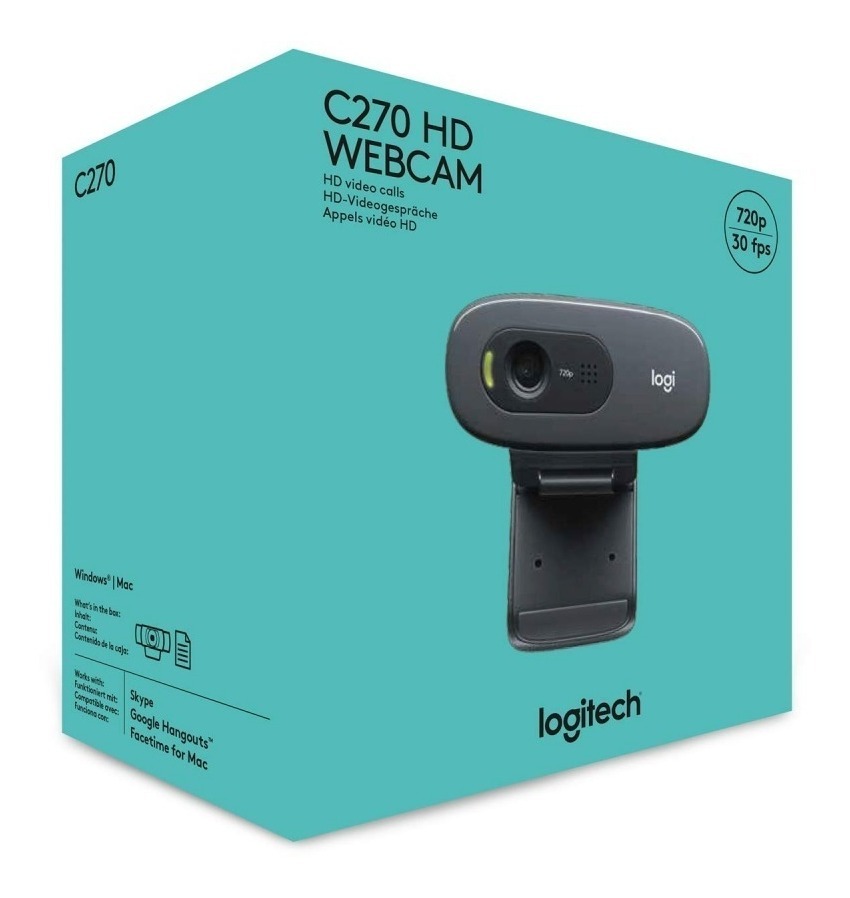


If you’re struggling to get a good reconstruction, you can try enabling akaze as well as sift (check both, and make sure they are both checked for all three nodes). When that happens, go to the three dots at the upper right of the graph editor, and click ‘Clear Pending Status’įeatureExtraction, FeatureMatching, and StructureFromMotion have options for more describer types: If Meshroom crashes during a reconstruction, you might find that when you open the scene, the start button is greyed out and you can’t get it processing again, forcing you to restart the entire workflow. That set-up works most of the time for my datasets, and produces good meshes with a single texture file. I prefer a single texture, so use LSCM, but note this does use more memory and takes longer, particularly on large meshes (the tool tip recommends only using for meshes <=600k faces, though I’ve used it on much larger). Basic texturing will produce multiple texture maps on a large mesh, which is a pain for asset management. Sometimes I’ll go for 8 or 16k textures if I really need the resolution), and Unwrap Method from Basic to LSCM. Texturing: I change Texture Side to 4096 (usually. This issue means it can be difficult to stick MeshResampling into an automated workflow, and I only use this node about 50% of the time. You may also find you need to flip normals, as it can produce meshes with normals reversed. I normally set the simplification factor a bit higher than the default 0.5 – around 0.8 (meaning triangle count will be 80% of what came out of MeshFiltering).

Don’t use this is if your mesh has areas with very large polygons outside the area you’re interested in, because you’ll lose a lot of detail in the bit you are interested in. What this node does is it retopologises the mesh so that all the triangles are approximately equal in size. MeshResampling sits between MeshFiltering and Texturing. You can see in the image below that you need to hook up meshfiltering to the input, and put the output into the inputmesh of the texturing node. MeshResampling: This node doesn’t appear by default, you need to rick click in the graph area and add it. Almost always keeps the mesh you’re interested in. MeshFiltering: I enable ‘ Keep Only the Largest Mesh‘ – this gets rid of all the floating extraneous crap. I tend to only enable if a first pass wasn’t great. Using the GPU for Feature Extraction doesn’t really speed it up much, and I don’t always remember to uncheck it on small datasets (which are quick anyway).įeature Matching: Sometimes I enable Guided matching, which takes longer but does often result in more complete reconstructions. As that tree hasn’t been trained with features extracted by the GPU, it’s not guaranteed to work. The reason GPU isn’t used by default is that if the dataset has more than 200 images (or whatever value is set for ‘ minimal number of images‘ in ImageMatching), then it’ll use a matching tree, rather than matching all photos. Some of these are settings are found if you enable advanced attributes by clicking the 3 dots at the upper right of the attributes box: Clicking the three dots in the upper right lets you access advanced attributes.ĬameraInit: No changes (though I have in the past manually edited the sensor database if my camera wasn’t found).į eature Extraction: If I’ve got a dataset with less than 200 photos, I untick ‘ Force CPU Extraction‘, so it uses the GPU. I’ll run through the graph from left to right, highlighting what values I tend to change. When it’s done, right click the last node and click ‘open folder’, and you’ll find your mesh and any material/texture files in there. Remember, Meshroom is super easy to use – drag and drop your photos into the left pane, change any settings you want on each node, then press start. I’ve got into a habit with changing the default graph, so wanted to share the settings I use/changes I make. It’s been over a year and half since then, and in that time Meshroom has become my default photogrammetry software. Shortly after, I wrote about trying out all the settings. I covered Meshroom back when it was version 2018.


 0 kommentar(er)
0 kommentar(er)
